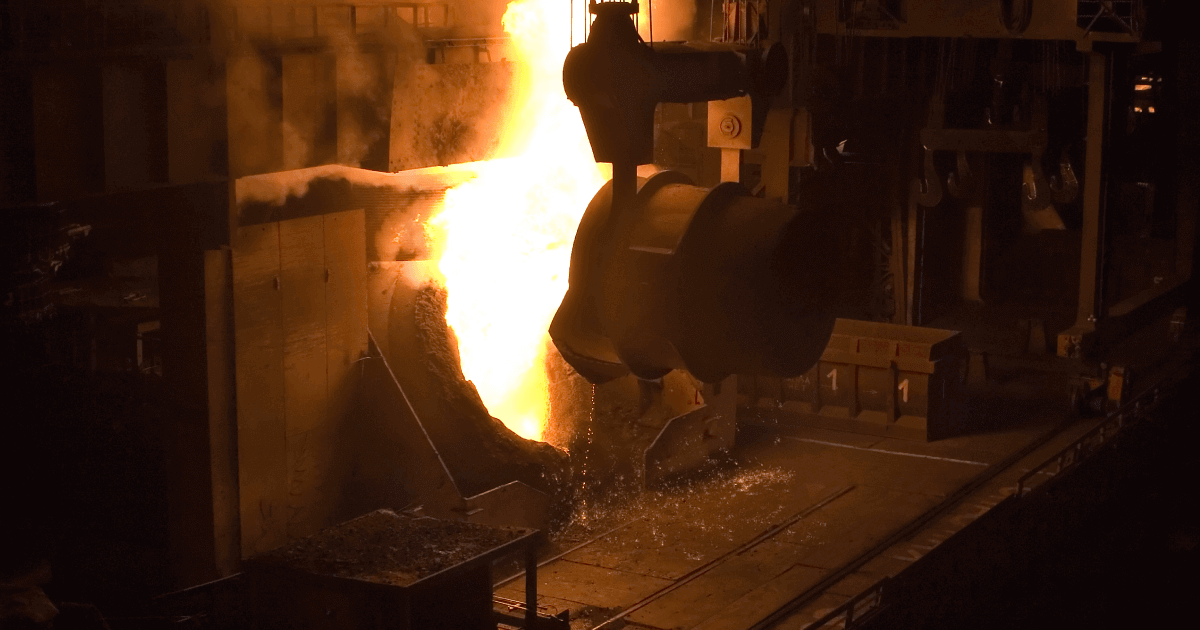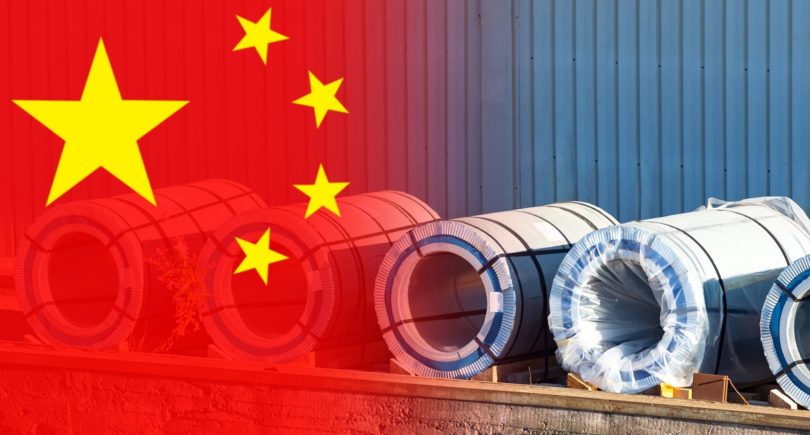
News Global Market China 2855 01 March 2024
The indicator fell for the second week in a row after the previous long rise
Blast furnace capacity utilization among 247 Chinese steelmakers dropped to 83.34% on February 23-29, according to Mysteel. Compared to the previous week, it lost 0.25 percentage points.
This is the second week in a row that the indicator has declined after a previous long period of growth. This is mainly due to plant shutdowns for maintenance.
During this period, daily pig iron production at 247 enterprises decreased by 0.3% week-on-week – to 2.23 million tons per day.
Some plants in North and South China shut down their blast furnaces for scheduled maintenance at the facilities.
Daily consumption of iron ore among 247 steel mills also declined for the second week in a row, reaching 2.7 million tons per day on February 23-29.
According to Mysteel, the demand for this raw material to replenish stocks of domestic steel mills has remained low recently, despite a slight decline in ore prices in China. This trend was driven by weak demand for steel in the two weeks following the Chinese New Year holidays.
As a result, the total stocks of imported iron ore in the warehouses of 247 steel mills continued to decline for the third month in a row. As of the end of February, they amounted to 93.3 million tons, down 2.1% week-on-week. On the other hand, lower ore prices helped steelmakers improve their margins.
As GMK Center reported earlier, demand for iron ore in China is likely to be supported in the near term by the resumption of construction sites after the Lunar New Year holidays and the associated increase in steel consumption. The market is expecting a recovery in rolled steel consumption in the spring. For example, after the holidays, demand for rebar in North China increased slightly due to construction needs.
Also, Chinese steelmakers produced 1.019 billion tonnes of steel in 2023, up 0.6% compared to 2022. This means that the downward trend in the country’s steel industry has stopped after two consecutive years of declining production.



